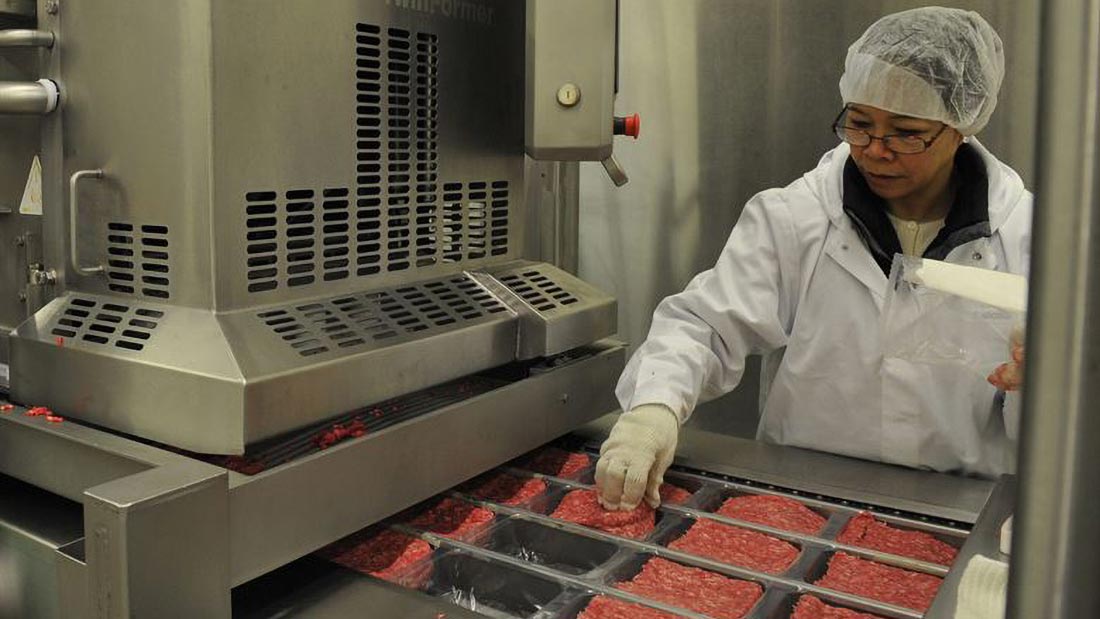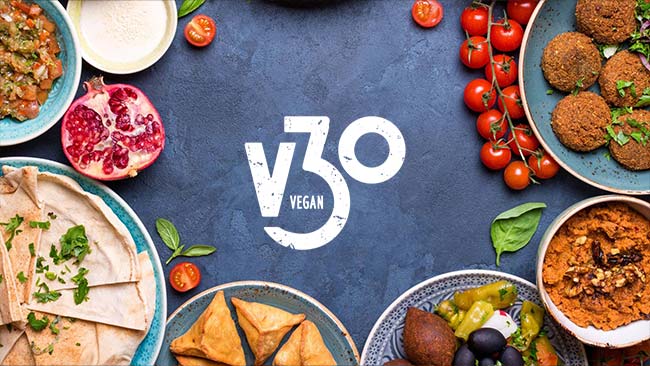Red, white and processed meat

Generally, meat from mammals such as cows and calves, sheep, lamb and pigs is considered red meat, while rabbit, chicken, and turkey meat is considered white meat. It’s all about the level of myoglobin – the iron-containing protein in muscle – giving meat its red colour. White meat contains much less and that’s why it has a paler colour. There are some overlaps, for example duck meat is darker in colour but still considered as white meat because it has less myoglobin than beef or pork.
Processed meat includes meat products that have been preserved by smoking, curing, salting or adding chemical preservatives such as sodium nitrite. In general, processed meat has had something done to it to extend its shelf life or change its taste. Most processed meats contain pork or beef, but they may also contain other red or white meats, offal or blood.
The following are usually classified as red meat: beef and veal, mutton and lamb, pork, venison, goat, horse, burgers and mince (burgers and minced meats do not count as processed meat unless they have been preserved with salt or chemical additives)
These are usually considered white meat: chicken, turkey, duck, goose, pheasant and rabbit
Processed meat includes: sausages, bacon, ham, hot dogs, salami, frankfurters, tinned meat, pâtés, beef jerky, chorizo, pepperoni and corned beef
Cutting meat out of your diet is not just a healthy choice, it’s also an ethical and sustainable one. If you’re used to meals based around meat, the idea of going meat-free may be daunting but we’re here to help make it super easy! Try vegan!
Sign up to our daily emails for a week to receive mouth-watering meal plans, nutritional advice and health information.
If you want to try it for a month, sign up to 30 days of delicious vegan recipes, tips and product info… all free!
All about meat
Find all the above and more in Viva!’s hard-hitting scientific report Meat the Truth.






